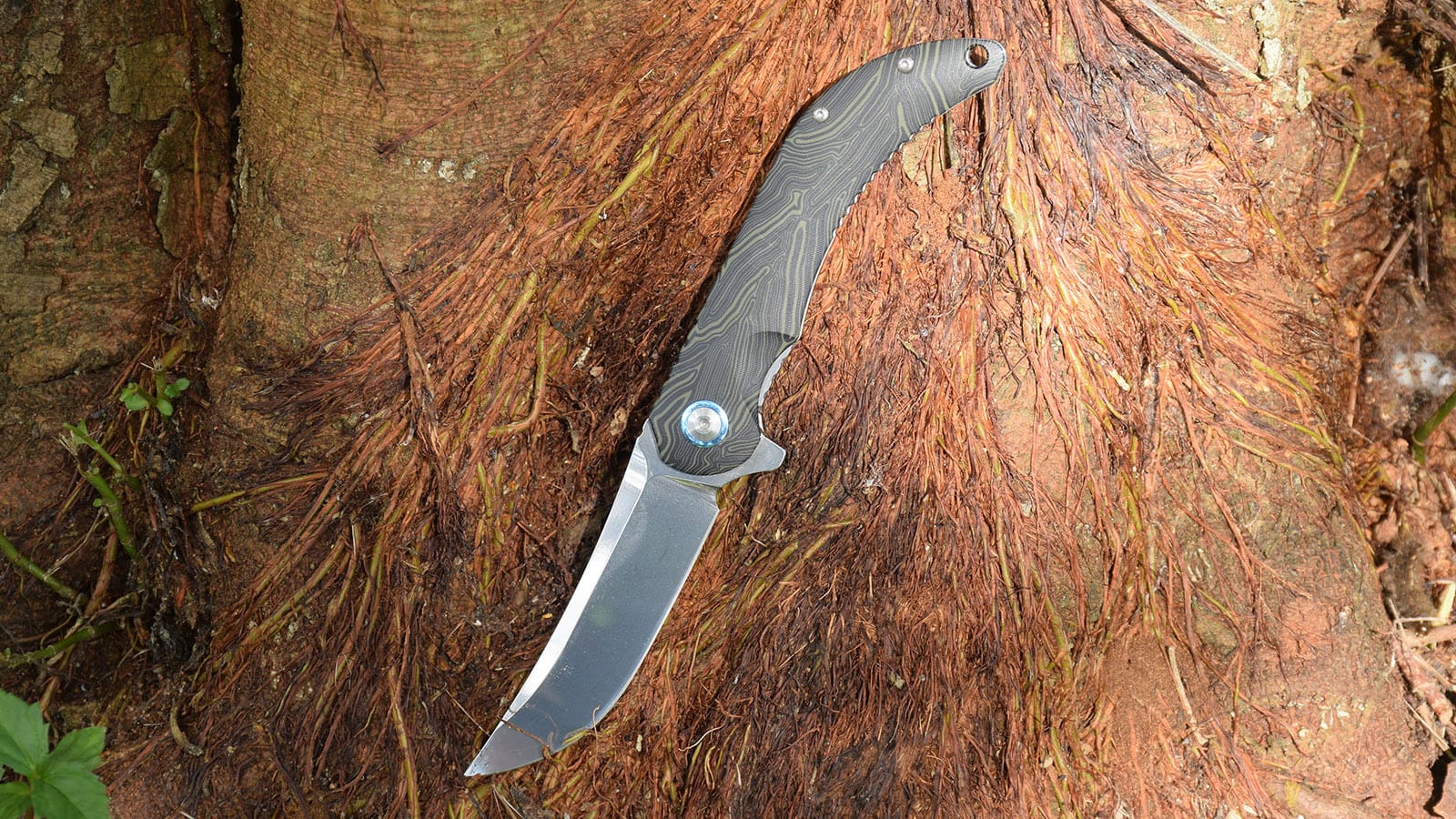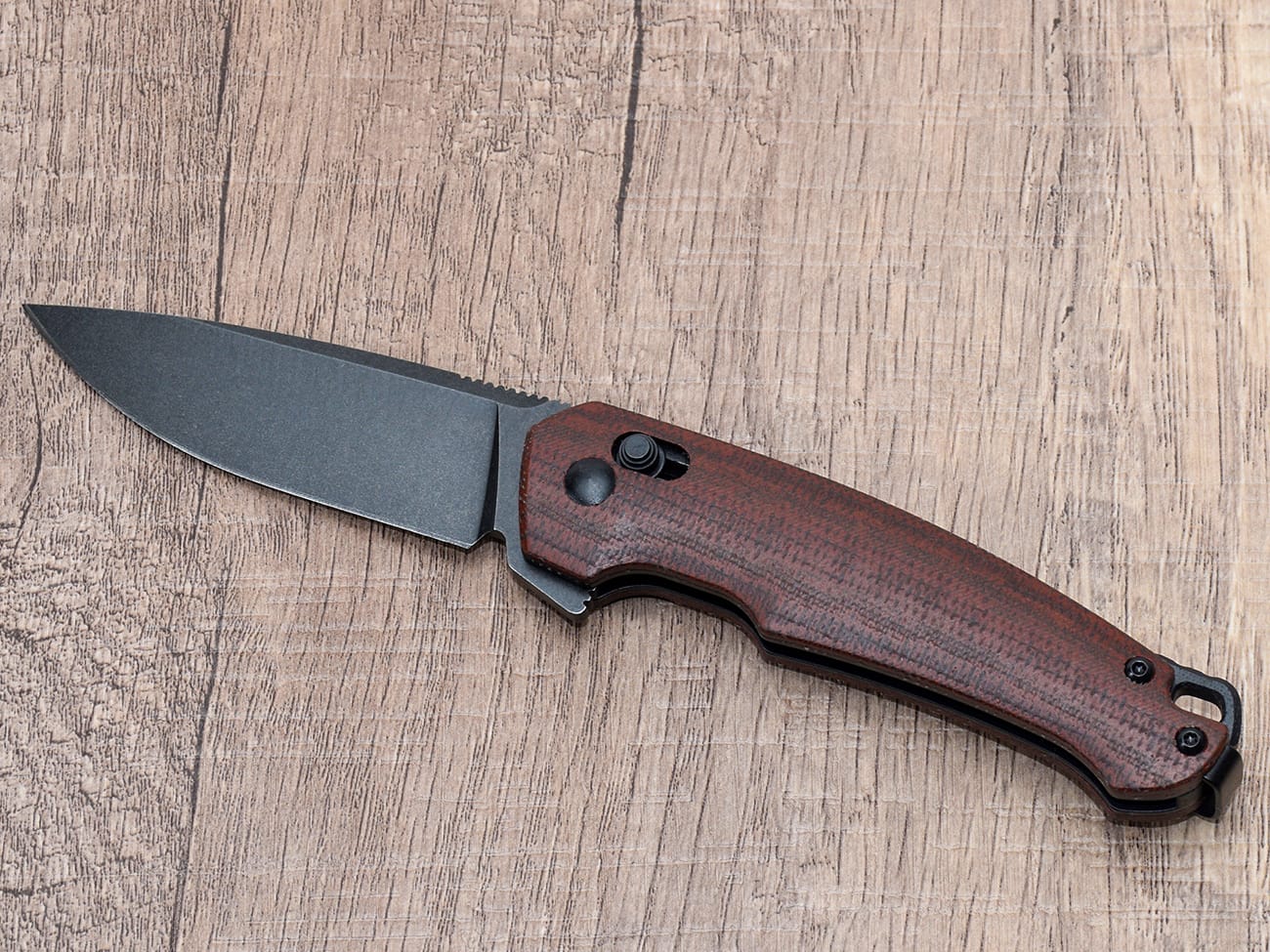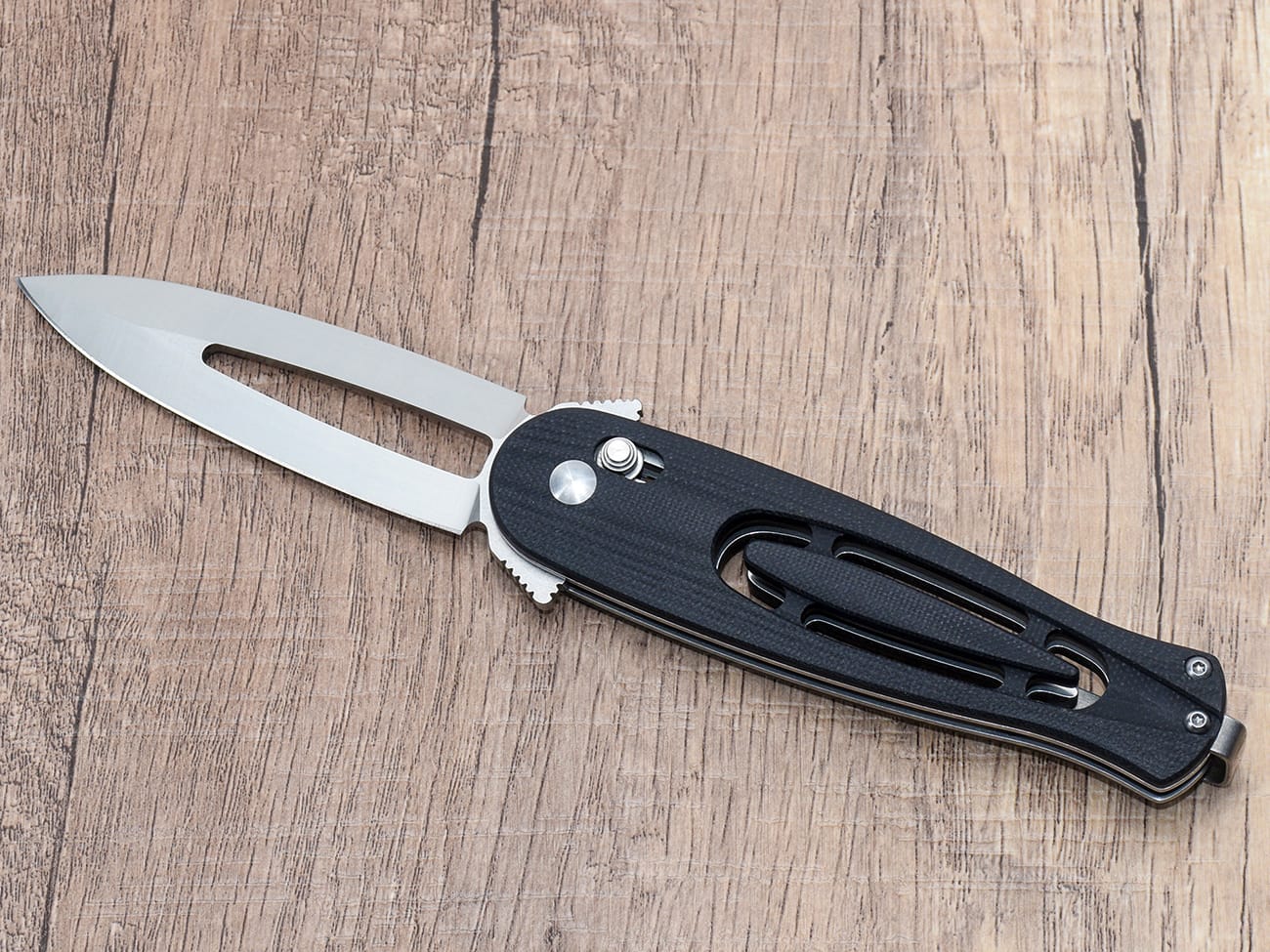Understanding how to determine the correct knife blade angle is crucial for maintaining your knife’s performance and longevity. Whether you’re a custom pocket knife enthusiast or a professional chef, knowing the proper edge angle can make the difference between a dull, ineffective tool and a razor-sharp precision instrument. This guide will walk you through everything you need to know about knife blade angles, from measurement techniques to optimal angles for different knife types.
What Is a Knife Blade Angle and Why Does It Matter?
The blade angle, or edge angle, determines how sharp your knife can be and how well it maintains that sharpness. A knife’s edge angle is the angle created between the blade’s primary grind and its centerline. Understanding this fundamental concept is essential for proper knife maintenance and sharpening.
How Do Different Knife Types Affect Edge Angles?
Different types of knives require different edge angles based on their intended use. For example, EDC knives typically have different angle requirements than kitchen knives or outdoor knives. Here’s a breakdown of common angle recommendations:
- Kitchen knives: 15-20 degrees per side
- Pocket knives: 20-25 degrees per side
- Outdoor/hunting knives: 25-30 degrees per side

Damascus steel pocket knife with precision-ground edge angles
What Are the Most Common Edge Angle Measurements?
Understanding standard edge angles helps you maintain your knife properly. Here are the most common angles:
- 15° per side: Ideal for precise cutting tasks
- 20° per side: Good all-around angle for EDC knives
- 25° per side: Durable edge for heavy-duty use
- 30° per side: Maximum durability for outdoor tasks
How Can You Measure Your Knife’s Current Angle?
Several methods exist to measure your knife’s existing edge angle:
- Use an angle finder
- Apply the Sharpie method
- Use laser goniometer
- Employ angle guides
- Use trigonometric calculations
What Tools Do You Need to Determine Blade Angles?
To accurately measure and maintain proper blade angles, you’ll need:
- Angle guide
- Sharpening stone
- Marker (Sharpie)
- Caliper (optional)
- Good lighting
- Clean workspace
How Do You Use the Sharpie Method?
The Sharpie method is a reliable way to determine your knife’s edge angle:
- Color the bevel with a marker
- Make one pass on the sharpening stone
- Check where the marker was removed
- Adjust angle as needed
What’s the Mathematical Approach to Finding Edge Angles?
For those who prefer precision, you can calculate edge angles using these steps:
- Measure the blade’s width
- Measure the bevel height
- Use trigonometry to calculate the angle
- Verify with practical testing
How Do You Maintain Consistent Angles While Sharpening?
Maintaining consistent angles is crucial for effective sharpening. Consider these tips:
- Use an angle guide
- Practice muscle memory
- Keep steady pressure
- Work in good lighting
- Take your time
What Are the Signs of Incorrect Angle Sharpening?
Watch for these indicators of improper angle sharpening:
- Uneven wear patterns
- Difficulty achieving sharpness
- Edge rolling or chipping
- Inconsistent cutting performance
When Should You Change Your Knife’s Edge Angle?
Consider changing your knife’s edge angle when:
- Changing the knife’s primary use
- Dealing with different steel types
- Addressing edge damage
- Improving performance
Key Points to Remember:
- Different knives require different edge angles
- Proper measurement tools ensure accuracy
- Consistent angle maintenance is crucial
- Regular practice improves technique
- Edge angles affect performance and durability
By understanding and properly maintaining your knife’s edge angle, you’ll ensure optimal performance and longevity of your cutting tools. Remember that practice makes perfect, and don’t be afraid to experiment within safe ranges to find what works best for your specific needs.




